Model Plastic Line
Model pays tribute to the world of plastic model kits, drawing inspiration from the iconic Japanese brand Tamiya.
Free to try
Licenses start at $40
Model Plastic Line style list
18 Styles
01234567
{(!@#$?&)}
01234567
{(!@#$?&)}
- Thin 100
- Ultralight 200
- Light 300
- Book 400
- Regular 500
- Medium 600
- Demibold 700
- Bold 800
- Super 900
- Thin Italic 100
- Ultralight Italic 200
- Light Italic 300
- Book Italic 400
- Regular Italic 500
- Medium Italic 600
- Demibold Italic 700
- Bold Italic 800
- Super Italic 900


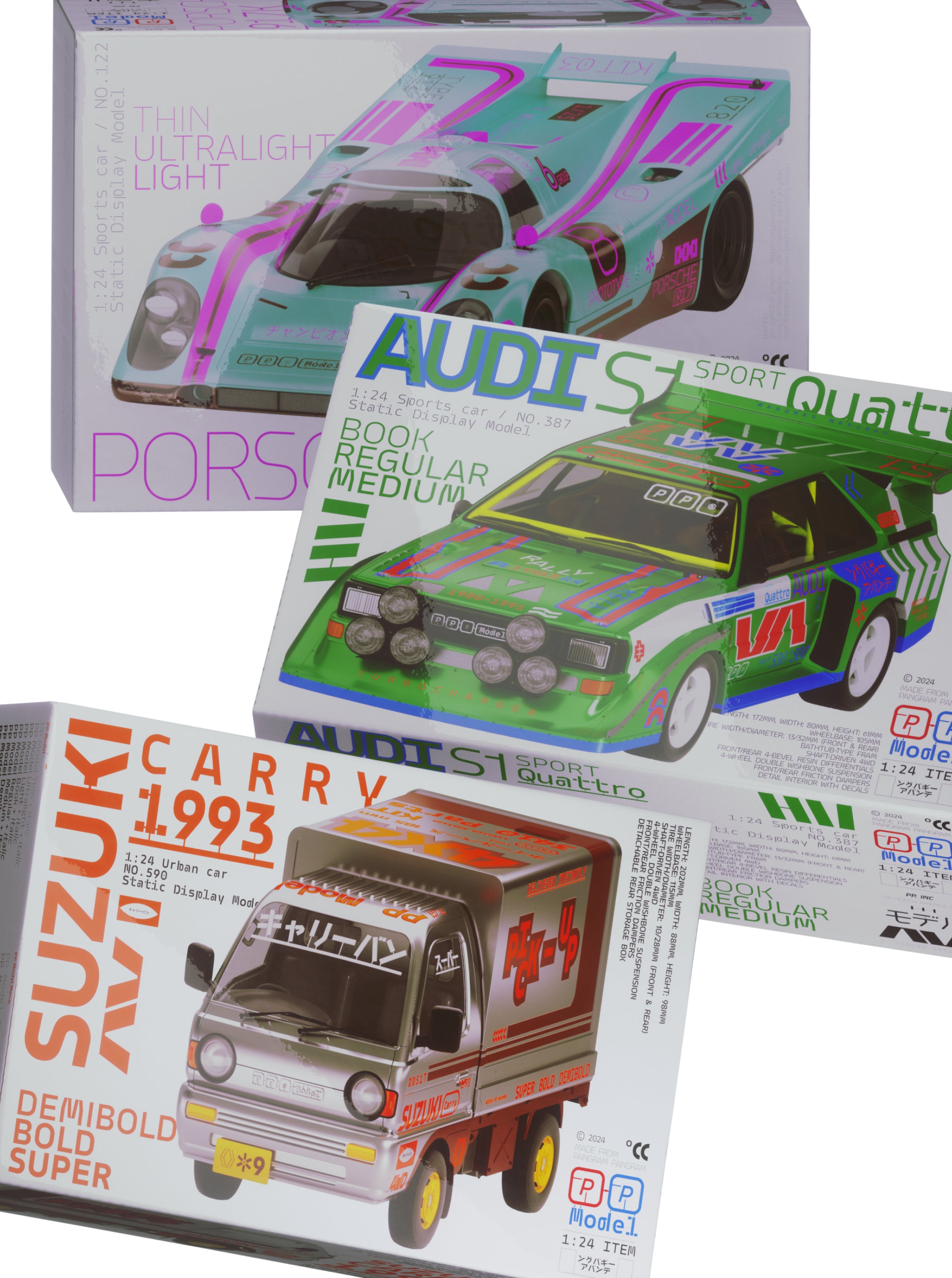
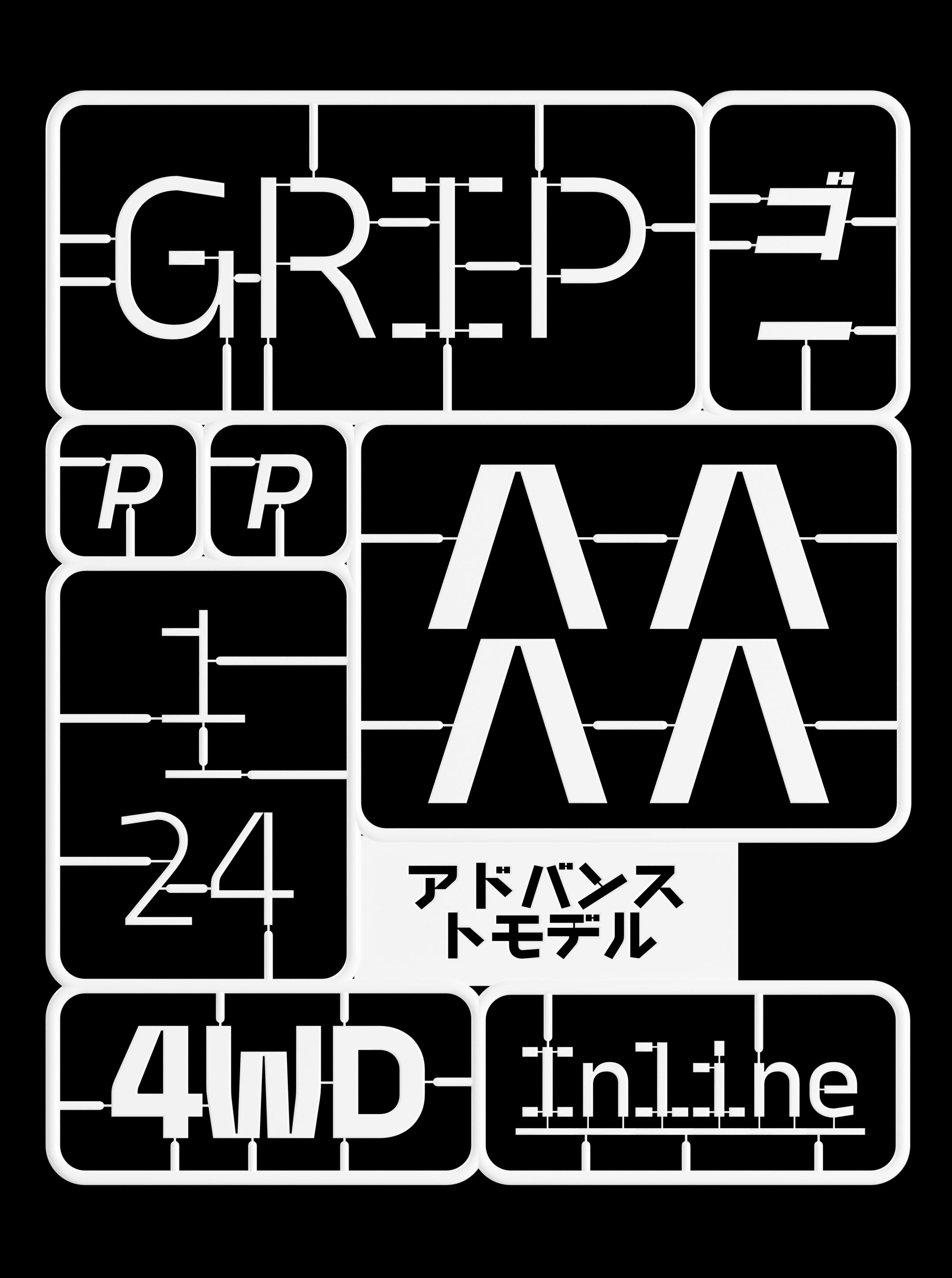
Model
Plastic Line
Glyphs set overview
Glyphs set overview
Glyphs View
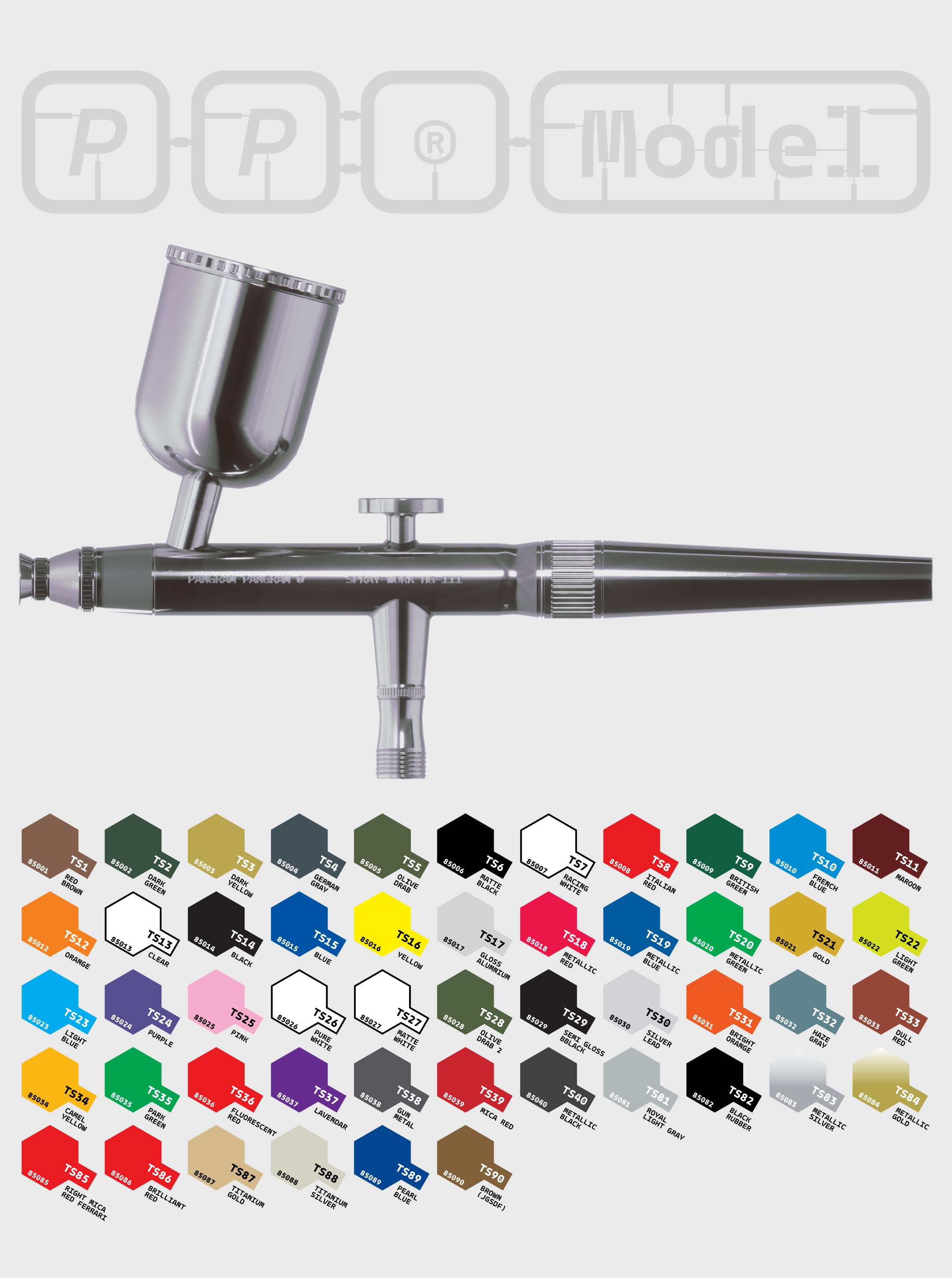
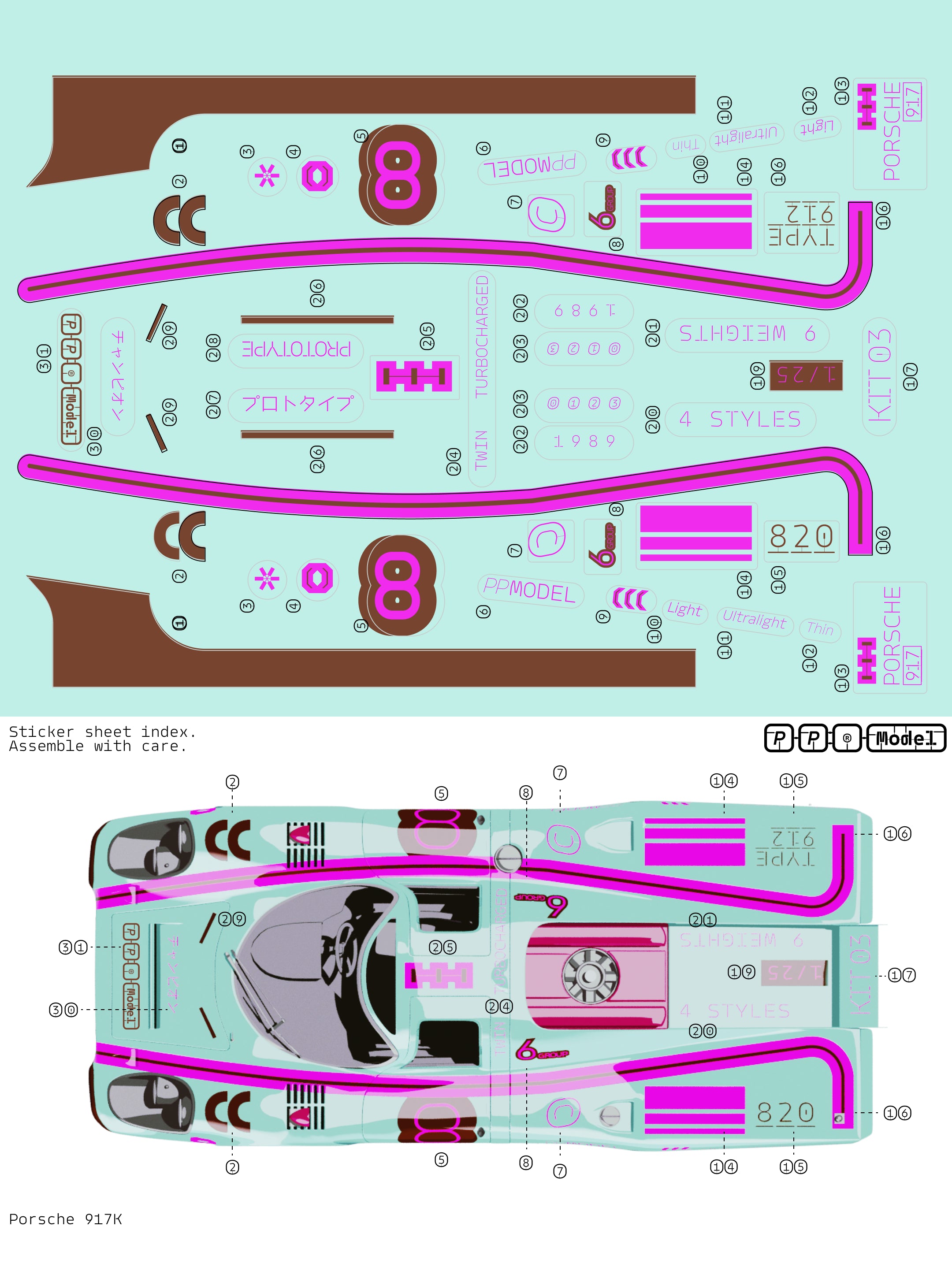
Model Plastic Line's Features
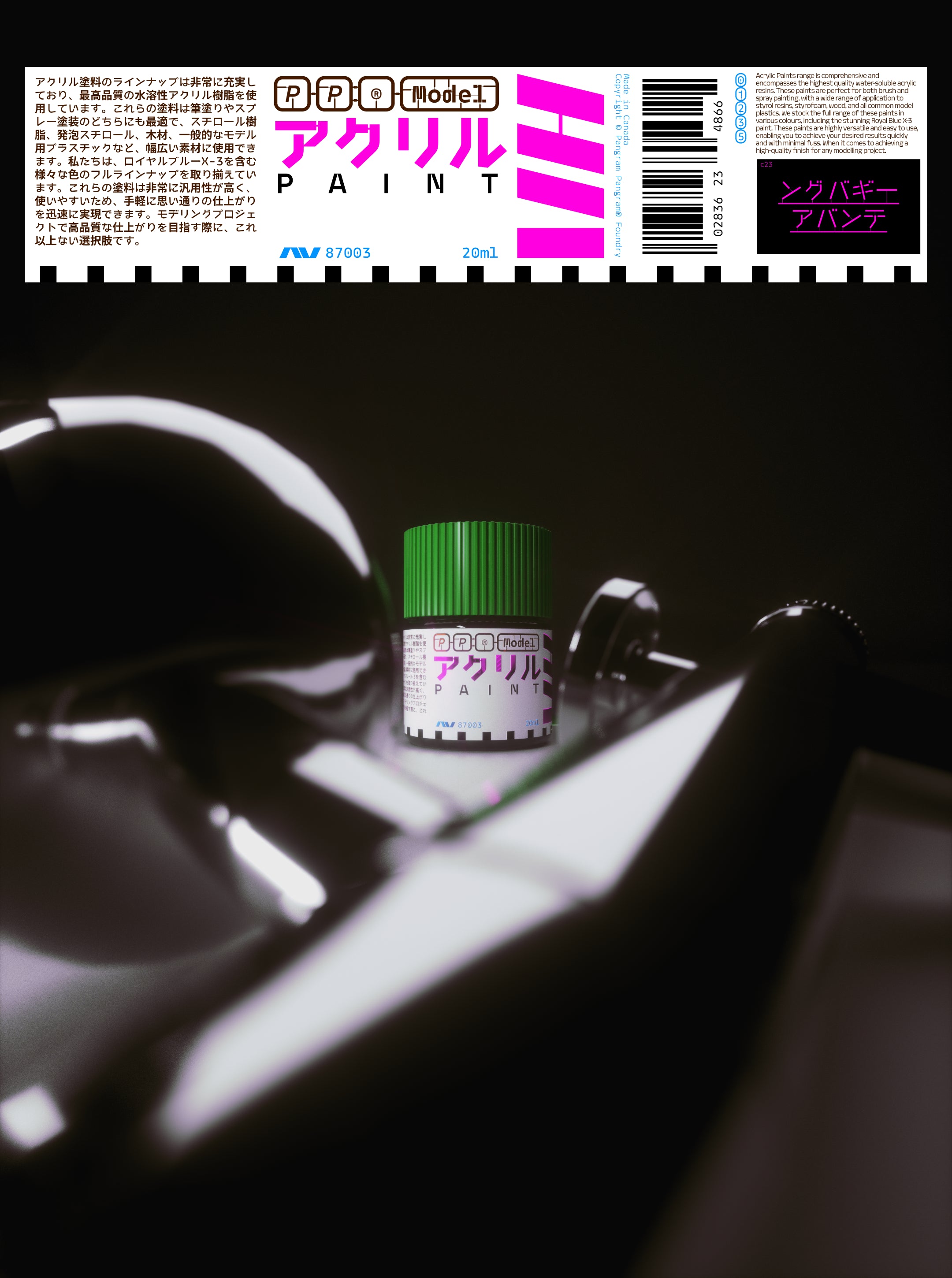
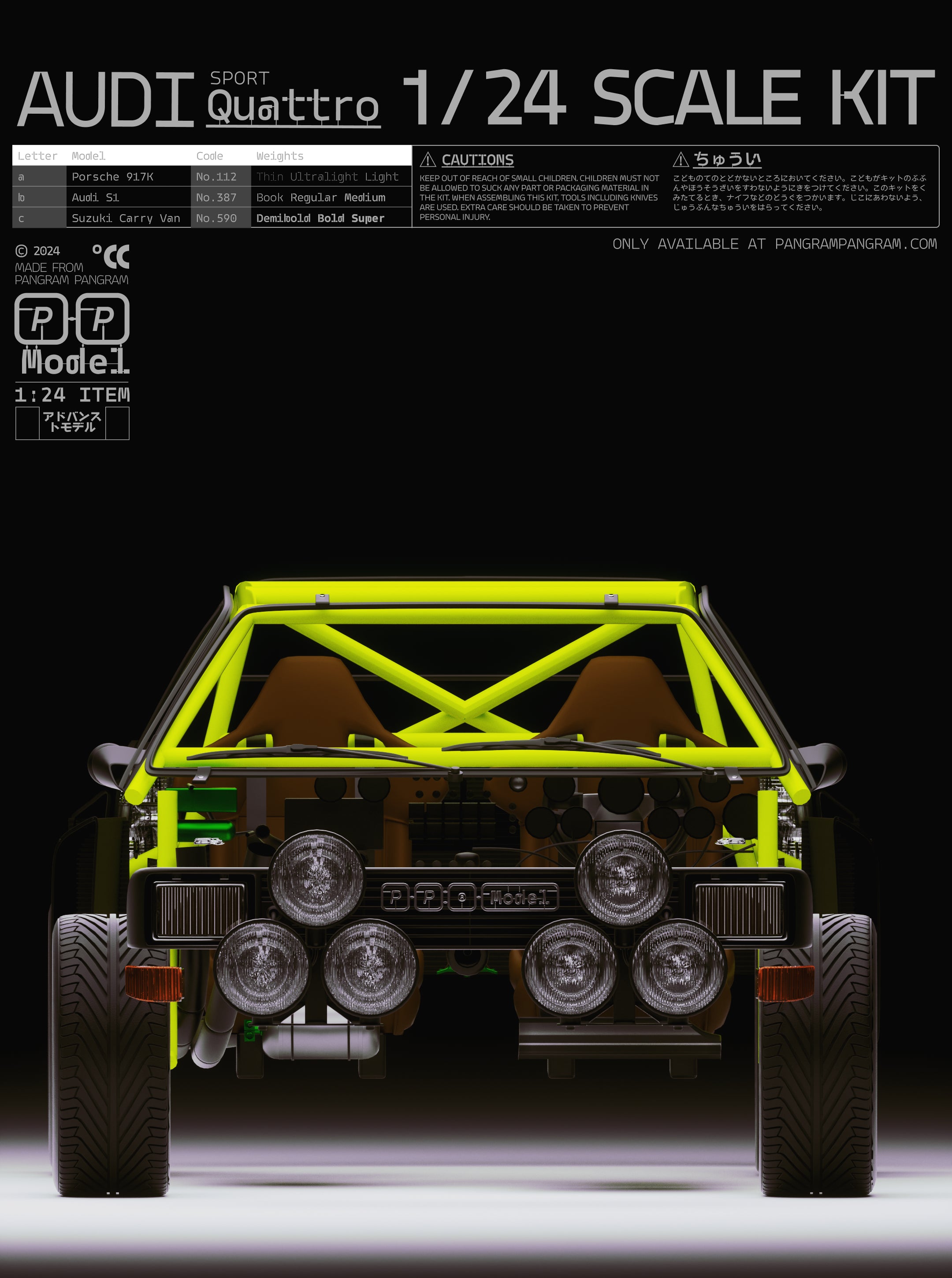
Inspired by the iconic Japanese brand Tamiya.
Model pays tribute to the world of plastic model kits, drawing inspiration from the iconic Japanese brand Tamiya. Renowned worldwide for its highly detailed and precise assembly kits, Tamiya’s legacy serves as the foundation for this design, celebrating the meticulous art of model-making. The typeface blends nostalgia with modern precision, capturing the essence of the assembly process through its clean, modular forms and mechanical aesthetic.
PP Model features a range of four families, from the default Model version to the monospaced variants and experimental Plastic styles. Its design fosters creativity, offering typographic options that embody the concept at varying levels, emulating the connected components of model kits in their forms. In total, the typeface includes 72 fonts, available in both upright and italic styles, featuring extensive Latin support, the Japanese alphabets Hiragana and Katakana, Japanese punctuation, and measurement characters that are rarely found.
Designers
Collaborator
- Visuals by Twomuch Studio
Categories
- Geometric
- Italics
- Japanese
- Sans Serif
- Variable
Styles
- 18 Styles
4 Subfamilies x 18 Styles with 626 Glyphs each
Including Italics
With Kana, Hiragana & Katakana
Version
1.00
Latest update: November 2024
Available formats
OTF, TTF, WOFF, WOFF2
Language Support
Afrikaans, Basque, Breton, Catalan, Croatian, Czech, Danish, Dutch, English, Estonian, Finnish, French, Gaelic, German, Hungarian, Icelandic, Indonesian, Irish, Italian, Japanese, Latvian, Lituanian, Norwegian, Polish, Portuguese, Romanian, Saami, Serbian, Slovak, Slovenian, Spanish, Swahili, Swedish, Turkish ... (and more)
Commercial Licenses
Not sure what to get? Or can’t find the right coverage?
Please contact us for our tailored corporate licenses!
Need more information about our licenses?
Our FAQ usually contains most of the answers.
Explore the Model sub-families by clicking on the cards below.
4 Sub-Families





